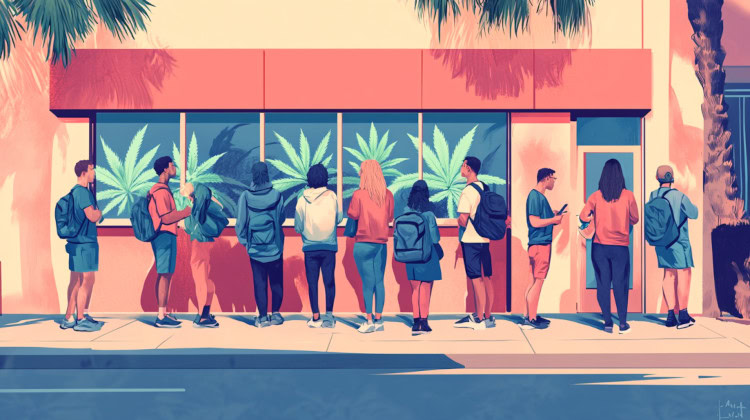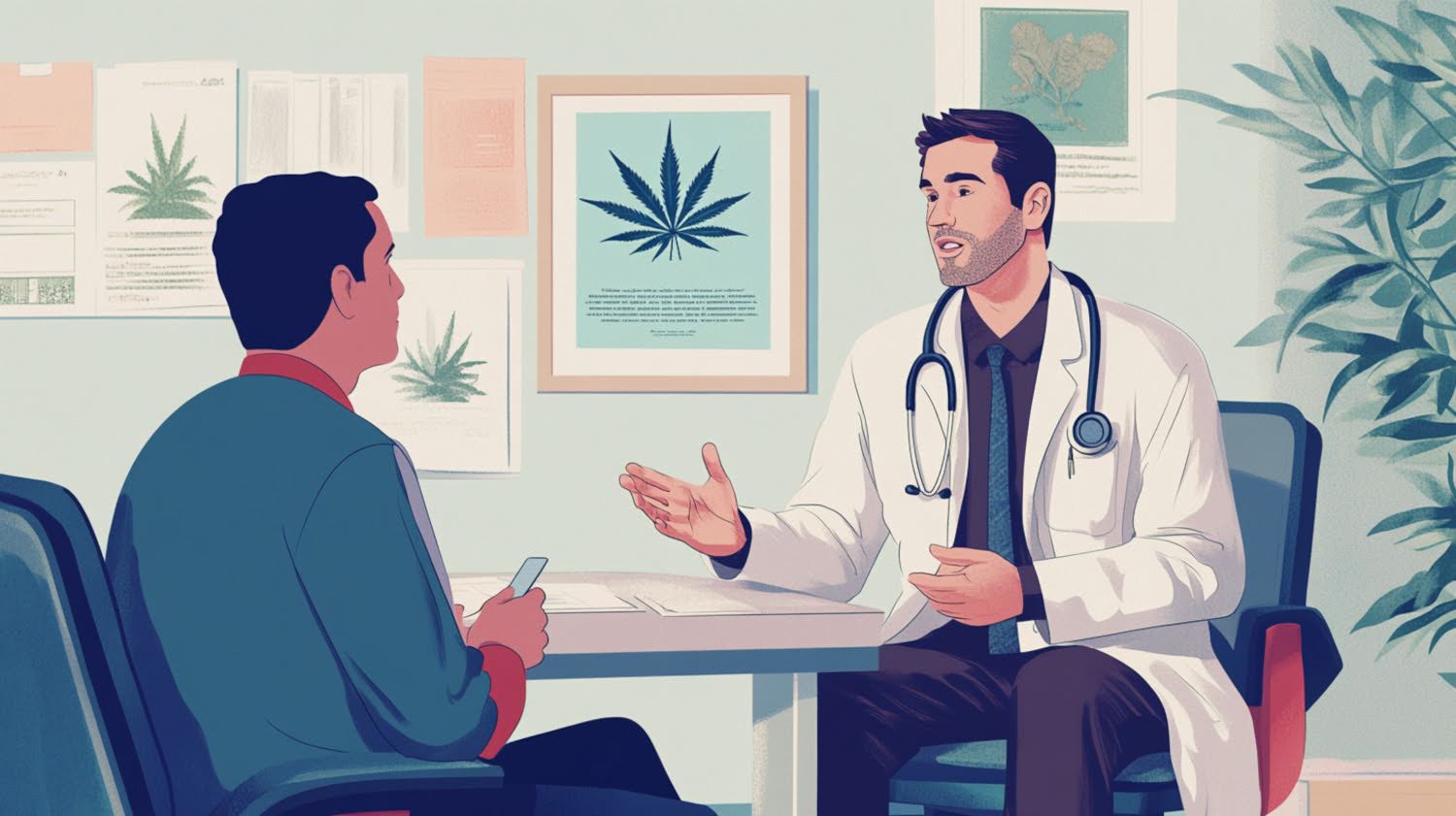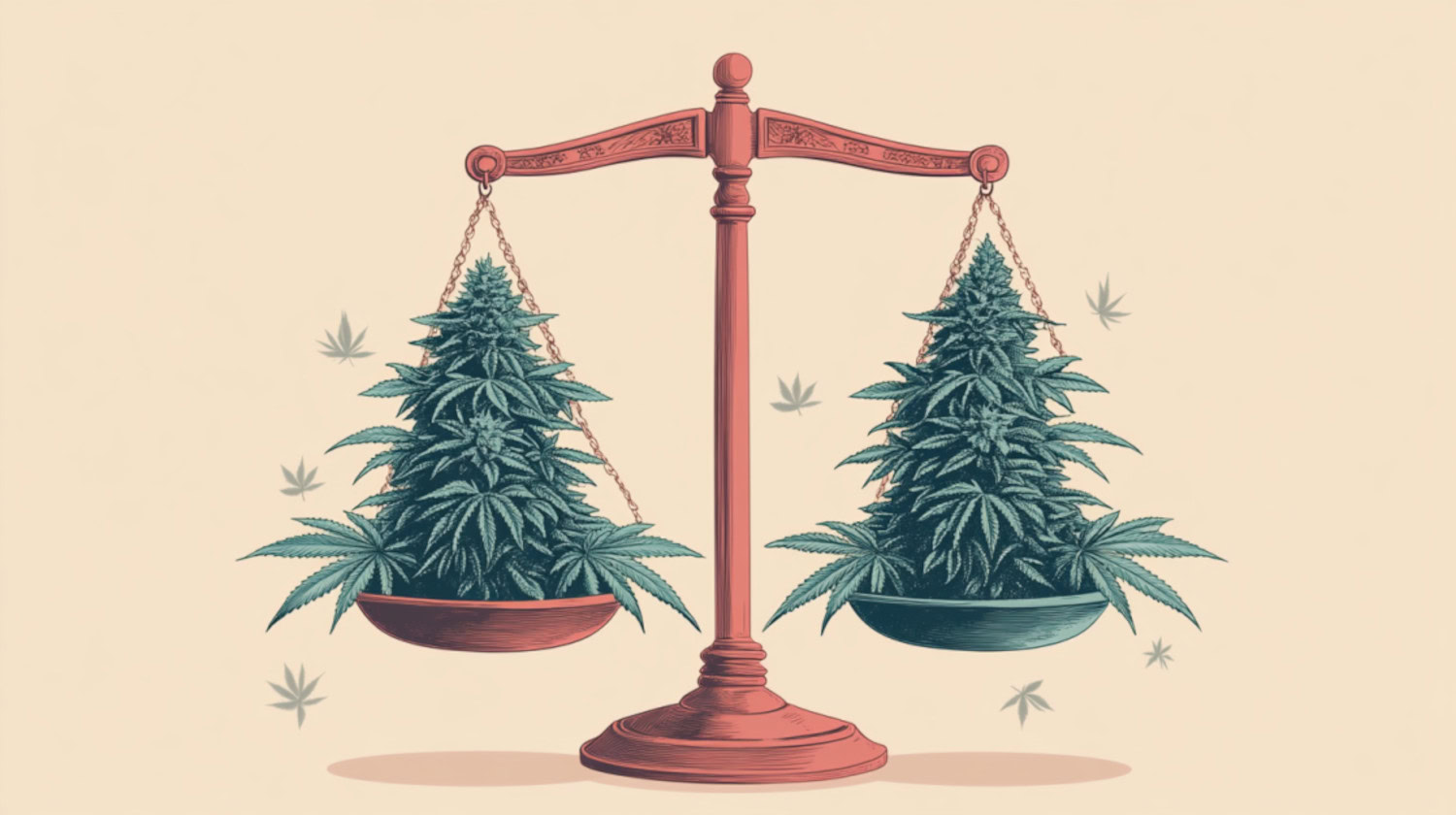Let's say the cannabis community is willing to trade the promise of a free market for the additional federal controls that come with the new rescheduling proposal. The question that remains is whether Schedule 3 cannabis will be accessible to patients.
To answer that question, we need to look at other regulations that are getting a makeover. Cannabis rescheduling isn't happening in a vacuum. There are many other moving parts that could threaten patient access to medical cannabis.
New Federal Controls Over Prescribing Doctors and Telehealth Platforms
The Ryan Haight Act, which controls telehealth prescribing of Scheduled drugs, is also getting an overhaul. And the timing could be problematic.
In Jan. 2025, the DEA released a new proposal for the Ryan Haight Act that includes new controls for both doctors and telehealth platforms involved in telehealth prescribing of Schedule II - V narcotics.
This proposal wouldn't affect current state-legal cannabis markets that operate largely without federal oversight, but it would affect Schedule III cannabis. Telehealth doctors and platforms that facilitate prescription of Scheduled drugs without an in-person evaluation would be required to apply for a special registration with the DEA. Approval for this application is far from guaranteed as the platform must demonstrate a "legitimate need" to use telehealth, subject entirely to DEA discretion.
Additionally, even if a platform is approved for this Special Registration scheme, it would be required to pay tens of thousands of dollars in cumulative state registration fees for every state in which it operates. The practitioners would also be subjected to dual federal and state registration requirements.
In short, proposed updates to the Ryan Haight Act could make it harder for patients to find qualified practitioners to prescribe cannabis.
Tighter Control Doesn't Equal Improved Safety
In his 2019 thesis, Robert D. Capodilupo examined the impact of Prescription Drug Monitoring Programs (PDMPs) on opioid prescribing and overdose deaths. His data indicated that while PDMPs are associated with a reduction in prescription opioid distribution by 7.7%, they correlate with a 17.5% increase in total opioid overdoses, primarily due to a 19.8% rise in deaths from illicit opioids like heroin and fentanyl.
In other words, well-intentioned federal regulations meant to control prescribing practices actually drove desperate patients to the black market, resulting in an increase in opioid overdoses.
There's no reason to believe decreased access to legal medical cannabis would have a different outcome. Rather than increase public safety, it could have the opposite effect. This also meshes with correlational studies showing that opiate use deaths are 17% lower in U.S. counties with one dispensary, and 21% lower in counties with two dispensaries.
Better access to cannabis is a public safety win, so we shouldn't stifle it with regressive policies.

No, Schedule 3 Cannabis Won't Be More Accessible
At first, patients celebrated the proposal to move cannabis to Schedule 3, but as the information began to pour in, it became apparent that this plan might have more drawbacks than benefits. Under the current proposal DEA would mandate production limits, federal track and trace, and background checks for producers that could exclude equity applicants.
Concurrently, the new changes to the Ryan Haight Act would subject telehealth platforms and providers to restrictions that would severely curtail prescribing, and thus access to legal cannabis. If the impact of Prescription Drug Monitoring Programs on the opiate crisis is any indication, the result would be a resurgence in black market activity and the associated hazards.
This is not to conflate opiate use with cannabis use in any way. Instead, it demonstrates the obvious and predictable consequences of restricting legal access to any substance patients have come to rely on as part of their treatment regimen.
Schedule 3 Cannabis Should Be Exempted from the Ryan Haight Act
Cannabis practitioners have been recommending cannabis since 1996 with zero deaths attributable to cannabis overdose alone. That long-standing record of safer use is part of the justification for the move to Schedule 3 in the first place.
In states that allow it, a huge portion of patients use telehealth to maintain their relationship with their cannabis physician because their condition makes travel difficult or impossible. Some have damaged immune systems from cancer, HIV, or autoimmune diseases. Others have mobility issues or live in rural areas with no access to local cannabis physicians. Forcing these patients back into public waiting rooms to satisfy the concerns of prohibitionists drastically increases their health risks.
Worse, additional monitoring and controls will make doctors less willing to prescribe, sending patients who otherwise would have purchased legal cannabis back to the black market (see page 27) or to more addictive alternatives, like opiates, alcohol, or other prescription medications (according to a NuggMD poll).
This would be a net negative for public health. If cannabis is moved to Schedule 3, it should be excluded from these newly proposed Ryan Haight Act restrictions. And if moving cannabis to Schedule 3 would hurt state markets, restrict access to legal cannabis, and interfere with doctor patient relationships, then it's a bad idea and we should go back to the drawing board till we can get it right.
The good news is, neither proposal is set in stone.
Learn more about cannabis laws and regulations, and sign up for NuggMD's Weekly Sesh newsletter for consumer stories, tips, and analyses on how changing regulations may impact patients.
The information in this article and any included images or charts are for educational purposes only. This information is neither a substitute for, nor does it replace, professional legal advice or medical advice, diagnosis, or treatment. If you have any concerns or questions about laws, regulations, or your health, you should always consult with an attorney, physician or other licensed professional.




